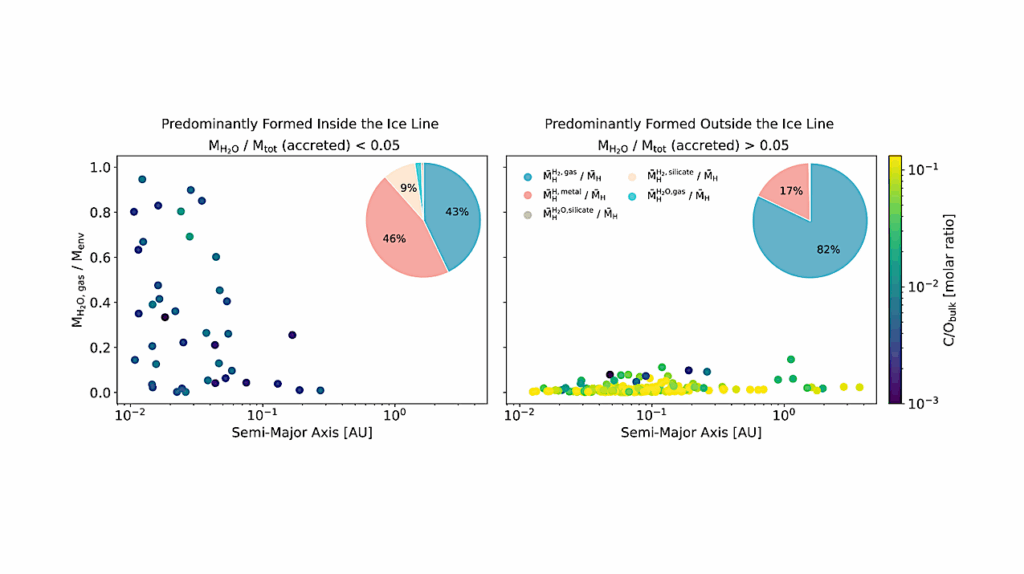The Need For A Public Forecast Of Stellar Activity To Optimise Exoplanet Radial Velocity Detections And Transmission Spectroscopy

Advances in high-precision spectrographs have paved the way for the search for an Earth analogue orbiting a Sun-like star within its habitable zone.
However, the research community remains limited by the presence of stellar noise produced by stellar magnetic activity. These activity phenomena can obscure the detection of Earth-mass exoplanets and can create parasitic signals in transmission spectra. In this paper, we outline the need for a public forecast of stellar activity, and produce a proof of principle. Using publicly available spectra we are able to forecast stellar minima several years ahead and reach a typical uncertainty on the timing of these minima of ~0.5 year, similar to the precision reached on our own Sun’s magnetic cycle.
Furthermore, we use our toy model to show that knowing when to observe can improve the sensitivity of HARPS-North’s Solar telescope to low mass planets by up to an order of magnitude, and we show that the majority of exoplanets selected for Early Release Science and Guaranteed Time Observations on the James Webb will be observed close or during stellar maxima, incurring a higher risk of stellar contamination. We finish our paper by outlining a number of next steps to create a public forecast usable by teams around the globe, by telescope time allocation committees, and in preparation for spacecrafts such as Ariel.
Lalitha Sairam, Amaury H. M. J. Triaud
Comments: 10 pages, 12 figures, accepted for publication in MNRAS
Subjects: Earth and Planetary Astrophysics (astro-ph.EP); Instrumentation and Methods for Astrophysics (astro-ph.IM); Solar and Stellar Astrophysics (astro-ph.SR)
Cite as: arXiv:2205.11187 [astro-ph.EP] (or arXiv:2205.11187v1 [astro-ph.EP] for this version)
Submission history
From: Sairam Lalitha
[v1] Mon, 23 May 2022 10:43:39 UTC (5,073 KB)
https://arxiv.org/abs/2205.11187
Astrobiology








